Austria is a country in southern-central Europe with a diverse range of animals. The Eurasian Eagle Owl, Red Fox, Stoat, and Eurasian Lynx are among the animals that are indigenous to Austria.
Over twenty million people visited Austria’s alpine landscapes in 2021. It is imperative that visitors to Austria exercise caution around potentially dangerous animals.
These are the top six dangerous animals in Austria.
1. Eurasian Brown Bears

Scientific Name: Ursos arctos arctos
Classification: Mammals
Habitat: Woody areas
Diet: Omnivores
Conservation Status: Least Concern
Quick Summary: Although they are usually not aggressive, Eurasian brown bears may attack if they sense a threat or are provoked by people.
Throughout Russia and Romania, as well as the rest of northern Eurasia, one may spot Eurasian brown bears. Compared to some surrounding nations, Austria has a lower number of Eurasian brown bears.
Although they can be seen in a variety of hues, such as white and brown, the majority of Eurasian brown bears are brown in color.
They have enormous, extremely strong paws and claws. The maximum weight of a male Eurasian brown bear is an incredible 780 pounds.
The typical Eurasian brown bear has a lifespan of twenty to thirty years. It is an omnivore that hunts and consumes fruits and seeds.
Although it is improbable that you would be aggressively pursued by a Eurasian brown bear while visiting Austria, bears will attack people if they feel threatened or provoked in any way.
Why Are Eurasian Brown Bears Harmful to People?
- Because of their size and power, dangerous animal like Eurasian brown bears may kill or seriously hurt humans if they attack.
- Combining powerful teeth and claws may cause serious cuts and bleeding.
- Attacks by Eurasian brown bears have seldom resulted in fatalities, although they do happen rarely.
2. Eurasian Lynx
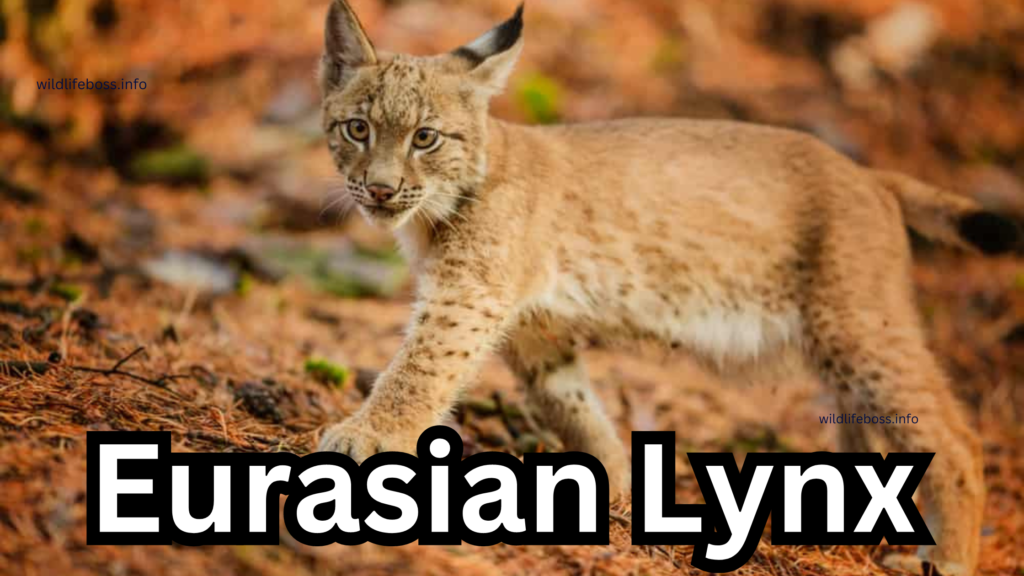
Scientific Name: Lynx
Classification: Mammalia
Habitat: Forests, rocky areas, or tundras
Diet: Carnivores
Conservation Status: Least Concern
Quick Summary: If left unprovoked, the tiny population of Eurasian lynxes in Austria poses minimal threat to people.
There are regions of central and southern Europe, Russia, and possibly Central Asia where the Eurasian Lynx may be found. Austria now has very low numbers of Eurasian lynxes because of unlawful hunting and habitat loss.
Standing up to thirty inches tall and weighing up to sixty-four pounds, these lynxes are about the size of a big dog.
Northern European lynxes tend to be greyer and have fewer dark colors overall. Southern European lynxes are less gray and have darker patches on their coats.
The Eurasian lynx, being a naturally occurring carnivore, mostly feeds on ungulates and small animals like rabbits and deer. They may survive in a variety of physical settings, including Asian deserts and woods in Europe.
Being mostly nocturnal creatures, lynxes hunt most of the time at night.
Luckily, people tend to be avoided by Eurasian lynxes. Nonetheless, a lynx will not hesitate to defend itself if it perceives a person as a threat. Attacks of dangerous animal like Eurasian lynxes on people are quite rare.
Why Is The Eurasian Lynx a Dangerous Animal?
- The Eurasian lynx will ambush its prey by lurking in wait and striking.
- The razor-sharp teeth of lynxes may rip into human flesh, leading to deep cuts and hemorrhaging.
- If lynxes’ razor-sharp teeth aren’t enough, they may also cause a great deal of harm with their strong, sharp claws.
- Unfortunately, it’s hard to tell when a lynx could be looking for you. They’re referred to as “shadow killers.” If you notice a lynx approaching, it could be too late.
3. Wild Boars
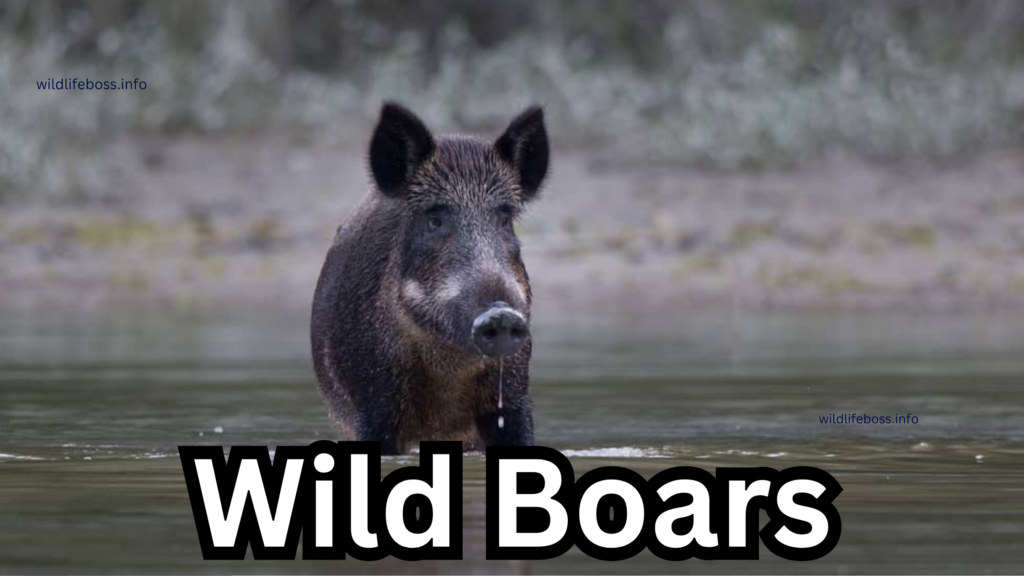
Scientific Name: Sus scrofa
Classification: Mammalia
Habitat: Forests, mountains, shrubs
Diet: Omnivores
Conservation Status: Least Concern
Quick Summary: If provoked, Austrian wild boars can strike with their razor-sharp tusks and teeth.
The only animal in Europe regarded as “dangerous game,” wild boars are renowned for their size and viciousness. They are widespread across Europe, particularly in regions with a lot of wetlands or woodlands.
Generally speaking, male boars are bigger than females. Boars can have fur in a variety of hues, including white and black. Usually, their fur feels rough and uneven to the touch. Boars often only live a year or two in the wild.
Being omnivorous animals, wild boars have a varied diet based on what food sources are accessible to them. Prey often involves small creatures likes rats and lambs. Still, a sizable portion of their food is composed of plants, such as fruits and vegetables.
Why Are Wild Boars a Dangerous Animal?
- Male boars may reach weights of about 500 pounds as adults. Consider the power of even a wild boar’s headbutt in Austria!
- The eight-inch-long, sharp tusks of wild boars serve as their primary defensive tool. Human skin may be torn apart and pierced by these tusks.
- In addition to their strong tusks, wild boars have canine teeth that may reach a length of 10 cm. As a matter of fact, you can usually always see their dogs.
- When a wild boar attacks, its usual tactic is to charge towards you in an attempt to knock its victim to the ground.
- Wild boars can also carry serious diseases including hepatitis E and influenza A.
Sea also: The 6 Most Dangerous Animals In Aruba (With photos)
4. European Adders
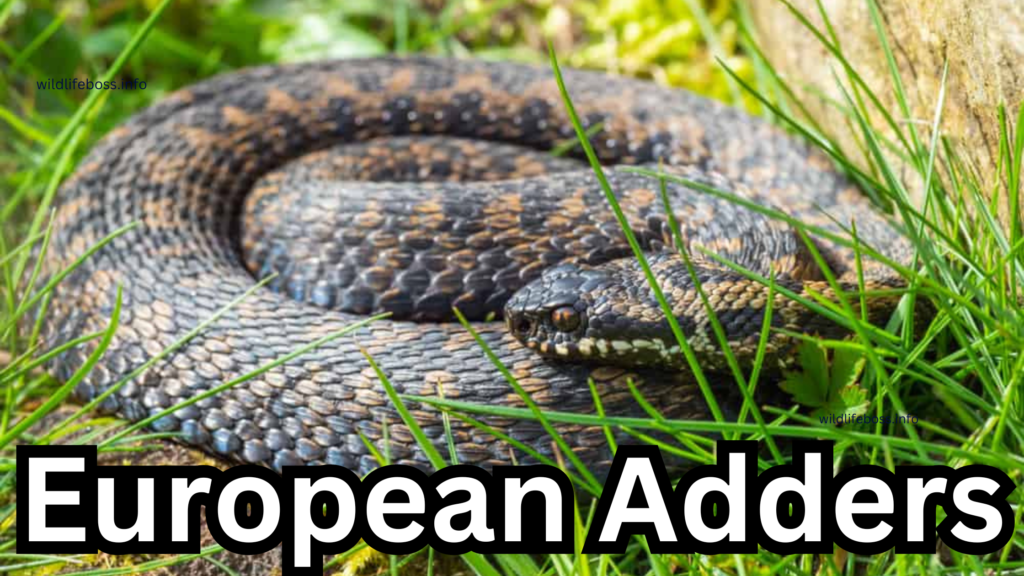
Scientific Name: Vipera berus
Classification: Reptilia
Habitat: Woodlands, wetlands, forests
Diet: Carnivores
Conservation Status: Least Concern
Quick Summary: The majority of Common European Adder bites do not cause significant health issues.
Commonly called the Common European Viper, the Common European Adder is a snake found in large numbers in central and eastern Europe.
Adder snakes may survive in a variety of habitats and are poisonous. Adders often hunt after dark and inhabit wetlands and forested regions.
The Common European Adder is capable of reaching eighty centimeters in length. Male adder snakes tend to be lighter in color, while females tend to have more reddish-brown skin. Adder snakes can live up to twenty years!
Aside from mating behaviors, adder snakes have a tendency to be alone and seldom associate with other individuals. Being carnivores, they usually eat smaller creatures like lizards and rats for food.
Thankfully, the Common European Adder rarely exhibits aggressive behavior. They will, however, attack if they sense a threat or are provoked by a person, much like the majority of wild dangerous animals.
Why The European Common Adder Is Dangerous Animal?
- These dangerous animal like snakes are expert predators; they will either completely devour their prey or employ the “sit and wait” strategy.
- A Common European Adder bite can cause swelling, lightheadedness, fainting, and breathing difficulties.
- Specially vulnerable to severe responses from this snake’s bite include small children, the elderly, and anyone with long-term medical conditions.
5. Nose-Horned Vipers
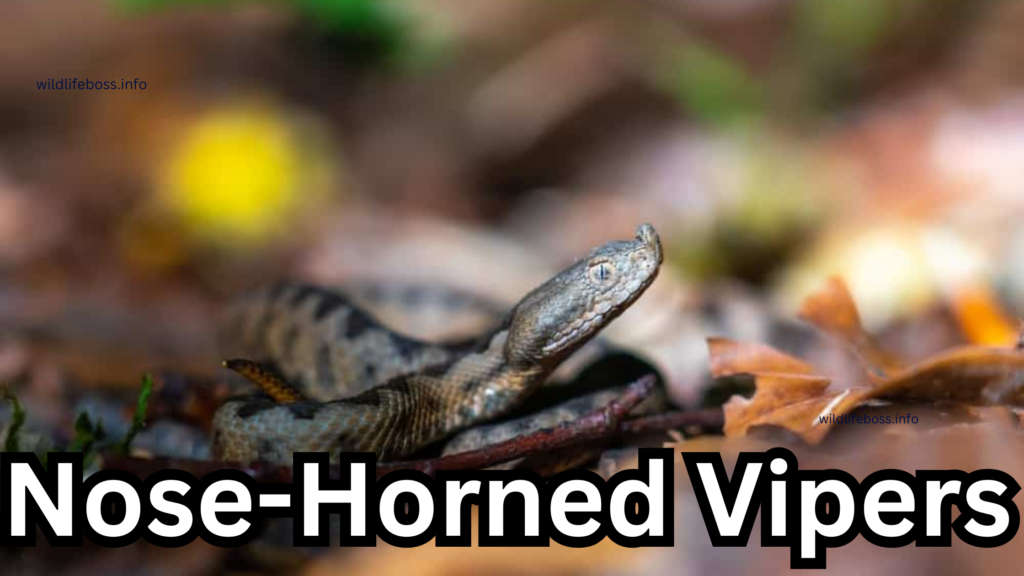
Scientific Name: Vipera ammodytes
Classification: Reptilia
Habitat: Woodlands, scrubs, rocky hillsides
Diet: Carnivores
Conservation Status: Least Concern
Quick Summary: When visiting Austria, beware of nose-horned vipers, which are said to be very dangerous animal.
The Horned Viper, Long-Nosed Viper, and Sand Viper are among other names for nose-horned vipers. Their main areas of residence are in Italy, the southern part of Europe, and even the Middle East.
There is a chance that these snakes are diurnal. They eat only carnivorous things, such as birds, lizards, and occasionally even snakes!. Their hue varies a lot based on the sex. Nose-horned vipers are often gray or brown in appearance.
The average lifespan of a nose-horned viper is 22 years. They can also reach lengths of more than ninety centimeters.
While undoubtedly hazardous, do not be alarmed. because nose-horned vipers often avoid biting people in the absence of a sustained danger or provocation.
Why Are Nose-Horned Vipers a Dangerous Animal?
- The fangs of nose-horned vipers can reach a length of thirteen millimeters! If these fangs come into touch with human skin, they will definitely leave a mark.
- Humans are extremely sensitive to the neurotoxic venom of nose-horned vipers. Kidney damage and paralysis are two major health issues that can result from a bite.
- A nose-horned viper’s less severe symptoms include pain, edema, and disorientation at the bite site.
6. Sac Spiders
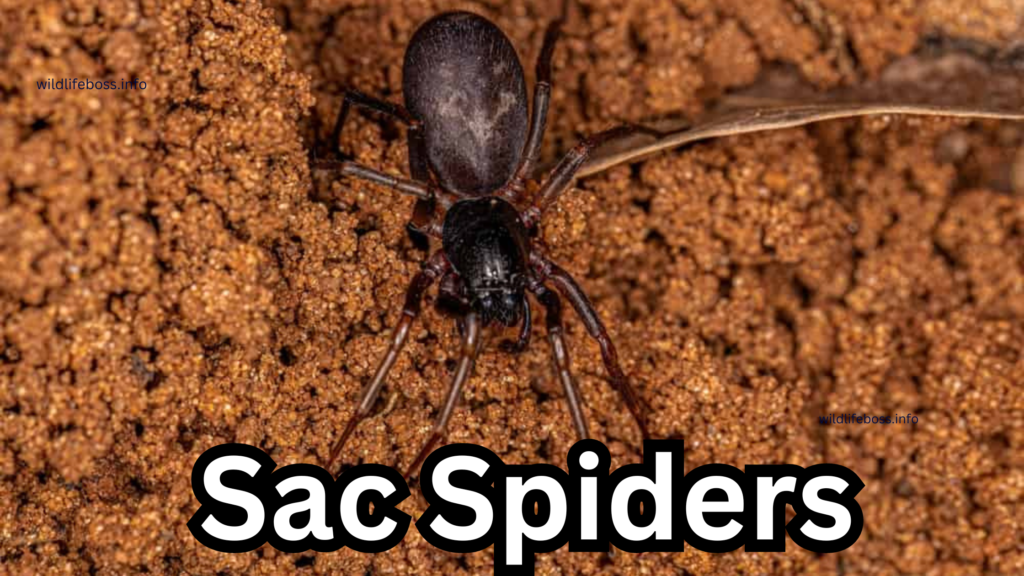
Scientific Name: Cheiracanthium
Classification: Arachnida
Habitat: Gardens beneath vegetation
Diet: Carnivores
Conservation Status: Not Extinct
Quick Summary: These yellow spiders may sting people with venom that is both cytotoxic and neurotoxic.
In Austria, the Yellow Sac Spider is known as the “thorn finger.” They have been observed all over the world, from eastern Europe to the Midwest of the United States. They are frequently observed living under foliage or atop trees.
Austrian sac spiders are about twenty millimeters long and have vivid orange and yellow coloring. These are nocturnal spiders that lurch during night in search of their meal. They eat other insects and spiders, as well as the eggs laid by these carnivores.
These spiders may behave as dangerous animal and violently toward people if they feel irritated or threatened, particularly if they become unintentionally trapped in clothes.
Why Are Sac Spiders Dangerous Animal?
- Humans can be both neurotoxic and cytotoxic by the venom of Austrian sac spiders.
- Swelling and itching at the bite site are less serious signs of a dangerous animal like sac spider attack.
- Frequencies, nausea, and headaches are examples of serious bite symptoms.
- In Austria, the majority of yellow sac spider bites don’t cause major health issues.
Conclusion:
Austria is home to a variety of lethal and often dangerous animal, such as sac spiders and toxic adders.
In the end, hardly many animals in Austria are very dangerous to people. While many might be aggressive if they feel provoked or threatened, giving them space will help you stay out of trouble.
Keep a safe distance from potentially harmful wildlife and refrain from giving food to animals when visiting Austria. It is unlikely that you will agitate any dangerous animals while visiting Austria if you adhere to these basic guidelines.

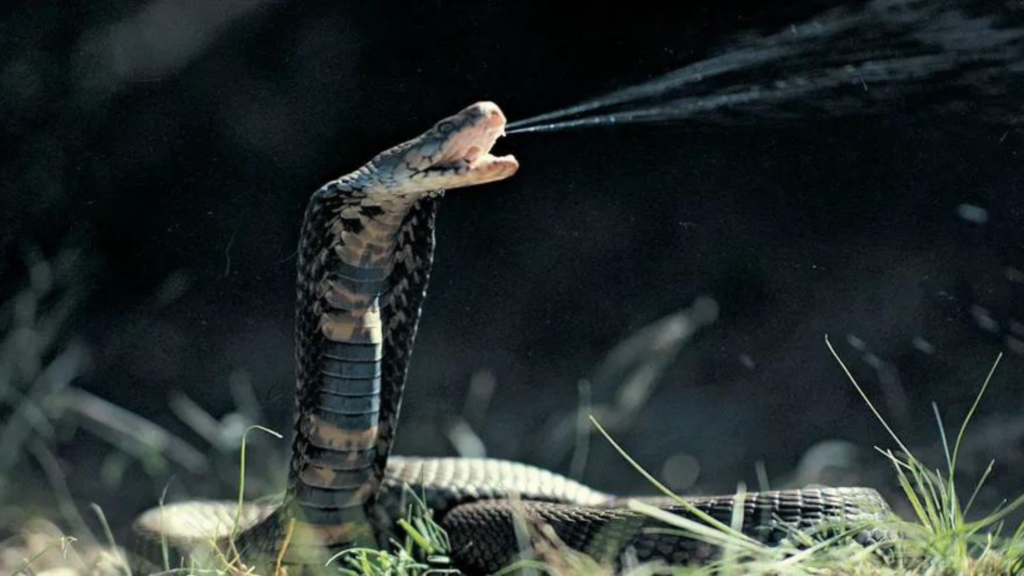
Pingback: The 6 Most Dangerous Animals In Aruba (With Photos) - Wildlifeboss.info
Pingback: 7 Most Dangerous Animals In Alaska (With Photos) - Wildlifeboss.info